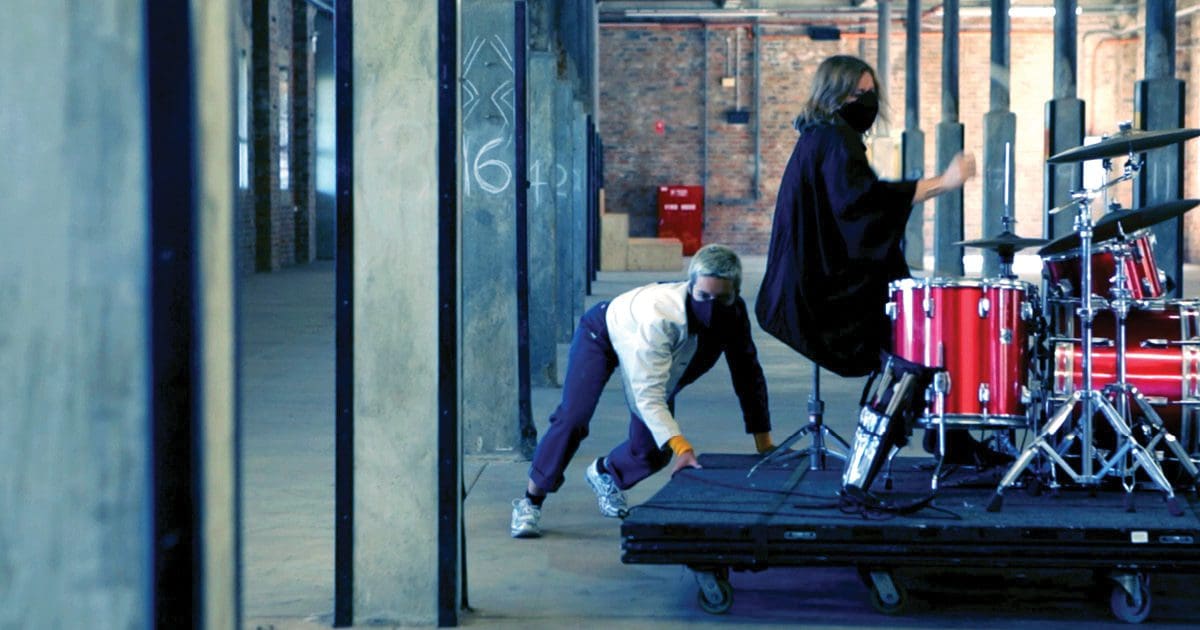
Kicking Convention
They might have been continents apart, but visual artists Man Ray and Max Dupain were aligned in their experimental vision, as a major exhibition at the Heide attests.
Given the focus on the global pandemic, the bushfires of summer 2019-2020 almost seem a relic of the distant past. As part of Sydney Festival 2021, Janet Laurence plans to reclaim that collective memory with Requiem in Paddington’s tranquil underground Reservoir Gardens, bringing together visual art, music, poetry, performance, literature and science reflecting on life and loss.
The Sydney artist is no stranger to these cloistered gardens, having used the space in 2016 to draw attention to the fragility of water supplies, serving water specimens at her H2O Water Bar. She is a perfect fit for the latest Sydney Festival in which an environmental theme has “popped up” throughout the program, says artistic director Wesley Enoch.
“The basic premise of Requiem is that the bushfires of almost a year ago were so devastating, but in fact we’ve forgotten them,” says Enoch. “We haven’t paid enough respect to the loss of human life, animal life and plants.”
This is Enoch’s swansong as festival director, and once again, the Noonuccal Nuugi man from Stradbroke Island, or Minjerribah, delivers a strong selection of Indigenous Australian visual and performing arts.

At the University of New South Wales Galleries, The Colour Line juxtaposes Kamilaroi artist Archie Moore’s work examining the Australian Constitution of 1901, and the failure to include Aboriginal people in statistical information, with the circa 1900 drawings of African-American scholar and activist W. E. B. Du Bois (1868-1963) visualising the progress of black Americans since emancipation in the state of Georgia.
The Sydney Festival will once again mark the eve of Australia Day with a vigil, song and ceremony at the Barangaroo headland. Moore suggests Australia Day would be better celebrated on 27 May, the date of the 1967 referendum in which Australians voted overwhelmingly to amend the constitution to allow the Commonwealth to make laws for Aboriginal people and include them in the census.
Also at UNSW Galleries, Quandamooka artist Megan Cope’s exhibition Fractures & Frequencies reprises a sound sculpture seen last year at the Adelaide Biennial, mimicking the sound of the bush-stone curlew, a harbinger of death, while critiquing destructive mining practices.
At Artspace, Wathaurung, Kulin Nation artist Carol McGregor and Waanyi artist Judy Watson present a series of works on connection to country, including new commissions. Artspace also hosts 52 ACTIONS, part of an online commissioning platform supporting a range of artists living and working in Australia, which speculates on new methods for survival and revival.
Carriageworks meanwhile presents Thank You for Holding by Tina Havelock Stevens, a new video installation about the anxious, uncertain present. The railway-side Eveleigh venue – which faced its own anxieties this year before it was saved from financial collapse – will also present Duba, which means “ground” in Sydney language, a 30-minute guided tour of the living underworld with puppets of extinct and endangered animals, focused on the fragility of the ecosystem.

Duba is presented by Erth, a Marrickville visual and physical theatre company, which also presents the sensory experience Badu – “water” in Sydney language – at the Australian National Maritime Museum.
The Maritime Museum continues to host the National Gallery of Australia’s touring exhibition Defying Empire: 3rd National Indigenous Art Triennial, which commemorates the 1967 referendum, as well as Mariw Minaral (Spiritual Patterns), an exhibition of the works of cultural and environmental artist Alick Tipoti.
At Campbelltown Arts Centre, Space YZ commemorates Western Sydney University’s visual arts legacy, with the closure of its art school in 2009 a reflection of the loss of art study options across the tertiary system. Eighty-eight works created by visual arts and electronic arts alumni will be exhibited.
Wesley Enoch says his final festival, which is all-Australian, is about values during this time of pandemic and international border closures, “and what we value is making sure we have a vibrant local scene and making sure we invest in that.”
“The last count was over 120 different things going on throughout the city [for the festival], so it’s a similar size to what we would normally do, just mostly – almost entirely – all Australian.”
Sydney Festival 2021
various venues
6 January – 26 January